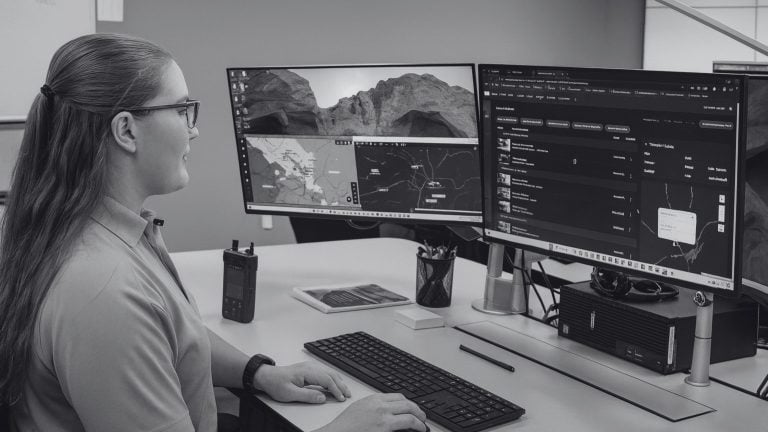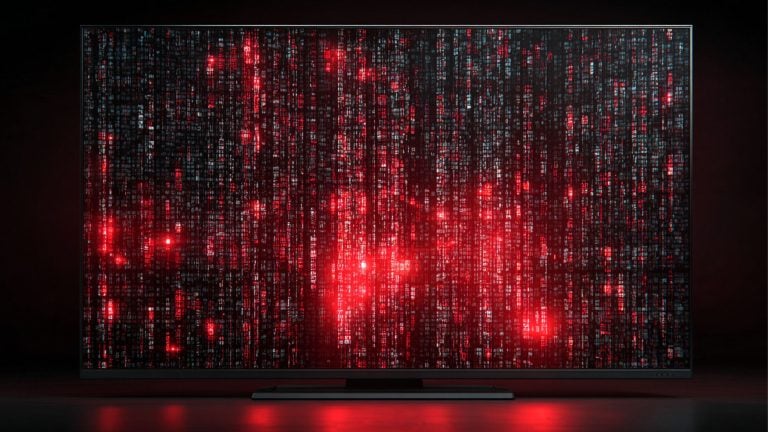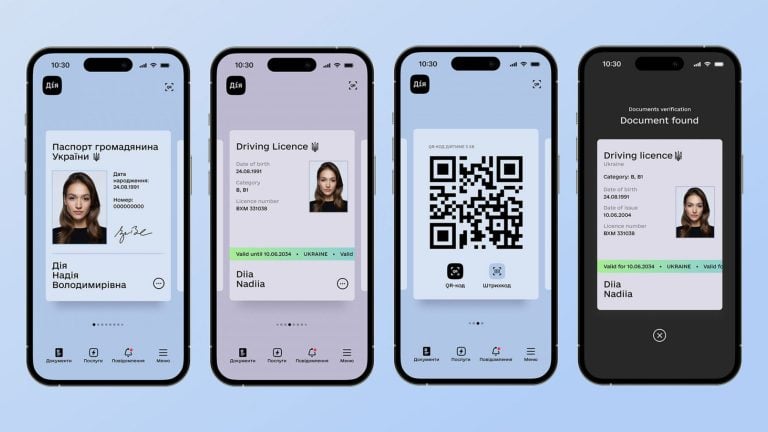One of the more controversial companies from the biometric data-powered mass surveillance industry, Clearview AI, last month settled with a number of plaintiffs by agreeing to give them a 23% percent stake in the company.
However, the deal reached in district court and approved by Judge Sharon Johnson Coleman is being challenged by two objectors – Robert Weissman and Rick Claypool, whose case is now before the Seventh Circuit Court of Appeals.
While the objectors’ arguments were not disclosed in last week’s filings, the MLex site recalls that before the settlement was reached, Judge Coleman had the chance to hear that if it went through, it would have no positive bearing on Clearview’s practices, and would even reward the plaintiffs by giving them a cut in a lucrative business – that they took to court alleging it was breaking the law.
With the settlement, Clearview’s services used by various levels of the US government can continue as before.
In her original decision, Judge Coleman noted that the legality of Clearview’s practices was not taken into account when ruling specifically on the proposed deal. She also determined that there was “minimal” opposition to the deal, and took into account “the complexity, length, and expense of future litigation in this case.”
The original class action accused Clearview of privacy violations through use of biometric data. Before the settlement ruling, 23 attorneys-general filed an amicus brief stating, among other things, that it should have provided injunctive relief.
More: Clearview AI’s controversial facial recognition tech is involved in 84 Toronto criminal cases
Judge Coleman at the time conceded that the “opt-out” nature of Clearview’s programs raised legitimate concerns – but in the end, decided that ruling to correct that might have resulted in “judicial overreach.”
The appeal lodged by the two objectors is now the last chance to change the outcome of this particular lawsuit and the resulting settlement.
Clearview has generated much controversy in the US, but also abroad, where it has been forced to pay fines, notably in France and the Netherlands.
The core technology depends on scraping the internet and building a database of photos belonging to billions of people – which is then turned into a tool for law enforcement that features “a unique biometric code per face” – as the Dutch regulators explained it.










